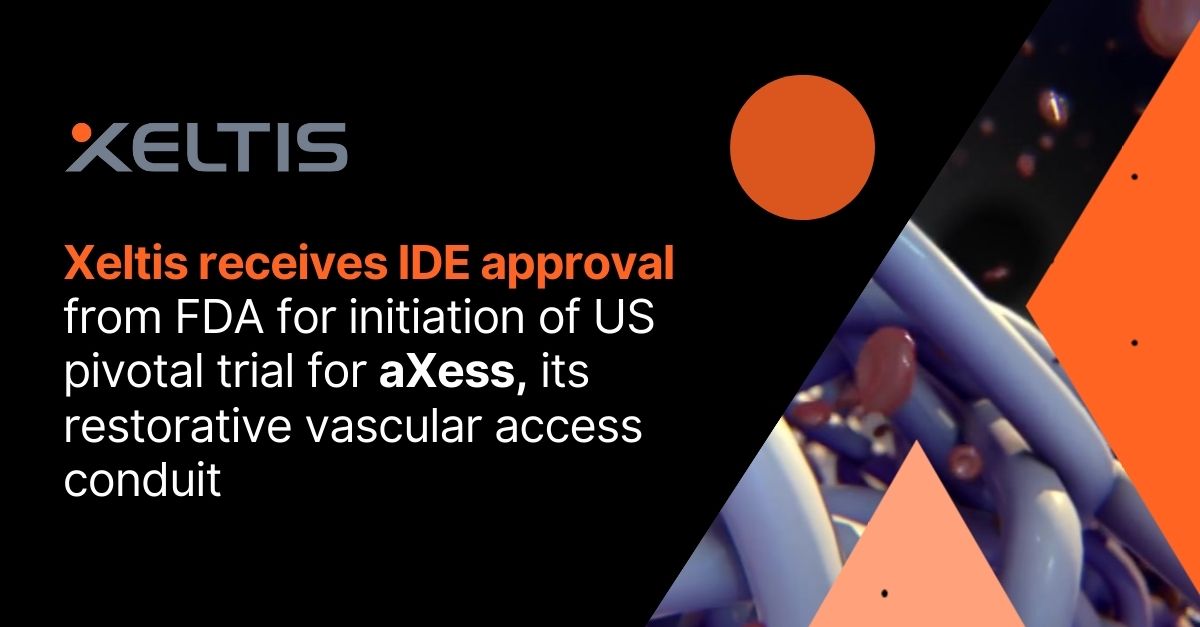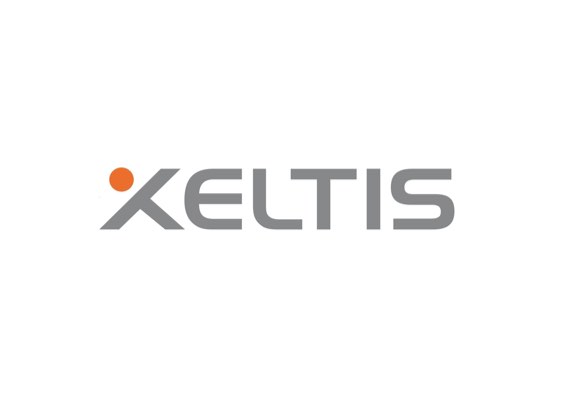14 February 2020
Xeltis trials show promising function of living heart valves restored in children
CEO Announced continuation of the clinical trial program for the Pulmonary Valve in EU, Asia and USA
Clinical trial results of Xeltis pulmonary valve (PV) show promising functionality of the living valves developed in patients as a result of its restorative implants. The recent trial data have been presented today at the International Conference of Tissue-Engineered Heart Valves (ICTEHV) as part of the 2020 Heart Valve Society scientific meeting. The data showed promising outcomes of Xeltis pulmonary valve at one-year follow-up in six U.S. pediatric patients and two-year follow-up in 12 pediatric patients enrolled in EU and Asian trial sites.
“The positive results seen in children to date compelled our investigators, our company and our investors to progress our PV clinical trial program towards approval,” announced Xeltis CEO Eliane Schutte. “Therefore, we will start the world’s first large scale clinical trial of a fully novel heart valve designed to be naturally replaced by patients’ living, healthy tissue,” she added.
Xeltis heart valves provide a home to the patient’s own cells to form new tissue that progressively develops within the implant and takes over its functionality, as part of the body’s natural healing process.
“One and two years after implant, the patient’s own tissue has already taken over valve functionality following the homing process enabled by Xeltis valves, whilst the original polymer implant has started to dissolve,” explained Professor Ger Bennink, Department of Cardiothoracic Surgery, University of Cologne, Germany, who presented the data at ICTEHV. “What we are seeing working in these patients today is a newly formed valve made of their own tissue, developed within their body”.
Eighteen children born with congenital heart defects requiring Right Ventricular Outflow Tract (RVOT) reconstruction or Ross procedure have been implanted with a Xeltis pulmonary valve as part of two separate trials. Of these,12 patients have been enrolled in EU and Asia as part of the Xplore-I trial and followed for two years so far. Six additional patients have been enrolled in U.S. centers, as part of the Xplore-2 trial, with one-year follow-up completed to date.
The underlying mechanism behind the ‘homing’ process of Xeltis devices, called Endogenous Tissue Restoration (ETR), is currently being studied at prestigious research centers around the world. The results from a joined preclinical research project conducted by Xeltis with Eindhoven University of Technology TU/e on ETR have also been presented at ICTEHV.
Today, children requiring RVOT reconstruction are generally implanted with valves made from animal tissue, which have limited durability and do not grow with the patient. As a result, they generally require recurrent interventions that impose a physical and emotional burden to young patients and their families throughout their lives. “Xeltis technology has the potential to overcome this burden and to offer better solutions for patients,” Schutte concluded.




